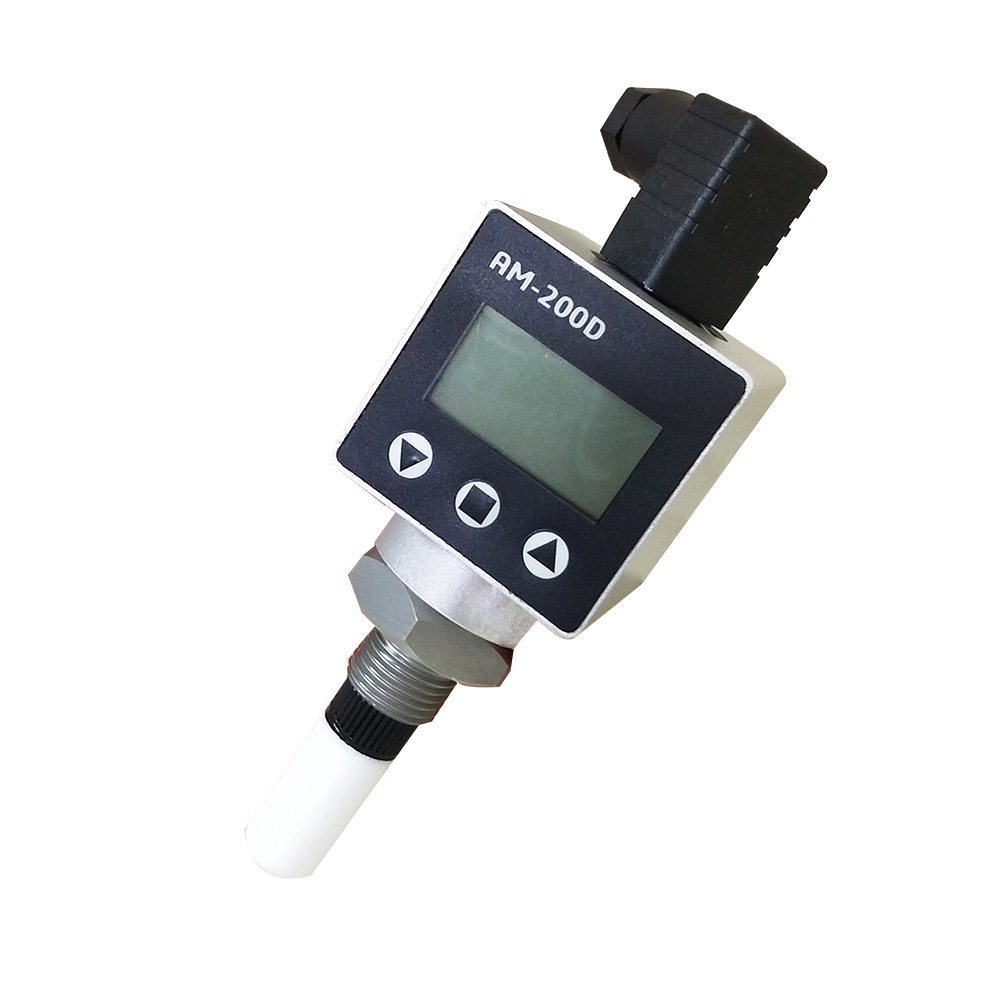Our company specializes in the production of oxygen analyzers, and trace oxygen analyzers belong to our company’s high-precision intelligent oxygen analyzers. The measuring range reaches 0.1PPm-100%. The following briefly introduces the precautions of the micro analyzer:

- Tightness: The tightness of the pipe line should be determined for the trace oxygen analyzer to ensure that no trace of air can enter. Even a trace of oxygen will make the value of the oxygen analyzer higher. Although the pressure is greater than the ambient pressure during the measurement process of the oxygen analyzer, the oxygen level of trace oxygen is very small. According to Ferrari’s law, the partial pressure of oxygen is proportional to its volume content. The air contains about 21% oxygen, and The oxygen partial pressure of the sample gas calculated by PPM differs by about 10,000 times. Therefore, the partial pressure of trace oxygen in the gas sample is much lower than the oxygen partial pressure in the atmosphere. When a leak occurs, the oxygen in the atmosphere will escape from the leaking part. Quickly spread in. In addition, the sampling tube should be shortened as much as possible to avoid the tightness of the joint and the weld, so as not to leak. Airtightness inspection should be done, and it is required that the pressure drop within 30 minutes under the test pressure of 0.25MPAm is not greater than 0.01MPA.
- Material quality: Choose a good pipeline, usually copper or stainless steel, and PTFE pipe. It is forbidden to choose latex tube, white rubber tube, etc., because the air tightness and material permeability are too poor, the error is too large under the standard measurement pressure, resulting in inaccurate measurement data. When we choose the pipeline, we usually choose 6mm or 1/4IN, and also choose 3mm or 1/8IN. In short, stainless steel pipes are cleaned and degreasing to keep the inner wall of the pipe smooth and clean. For the analysis of trace level (<1PPMV) oxygen, Choose a stainless steel tube with a smooth inner wall. The dead volume of the selected valve and joint should be as small as possible.
- Thermal insulation: Since moisture will also affect the measured value, to prevent the moisture in the sample from condensing and condensing on the pipe wall, causing the dissolution and absorption of trace oxygen, the sampling pipeline should be insulated or heat-traced according to the situation. For example, when detecting trace oxygen in liquid nitrogen, special attention should be paid to heating measures. Otherwise, because the boiling point of oxygen is 13 degrees lower than the boiling point of nitrogen, the sample gas is unevenly vaporized, which will cause the measured value to be seriously low.
- Reliability: We usually use the measurement unit as close as possible to the measurement unit of the trace oxygen analyzer, so as not to cause many factors that affect the reliability of the measurement data. Similarly, the sample gas should not contain oil components or solid particles, so as not to cause blockage and pollution of the permeable membrane. The sample gas should not contain sulfide, phosphide or acid gas components. These components can cause harm to fuel cells, especially alkaline fuel cells.
Trace oxygen analyzers have been used in many industries. When selecting a trace oxygen analyzer, the temperature, pressure, composition and other parameters of the sample gas must be clarified, so as to avoid selection errors and cause enterprise losses.
